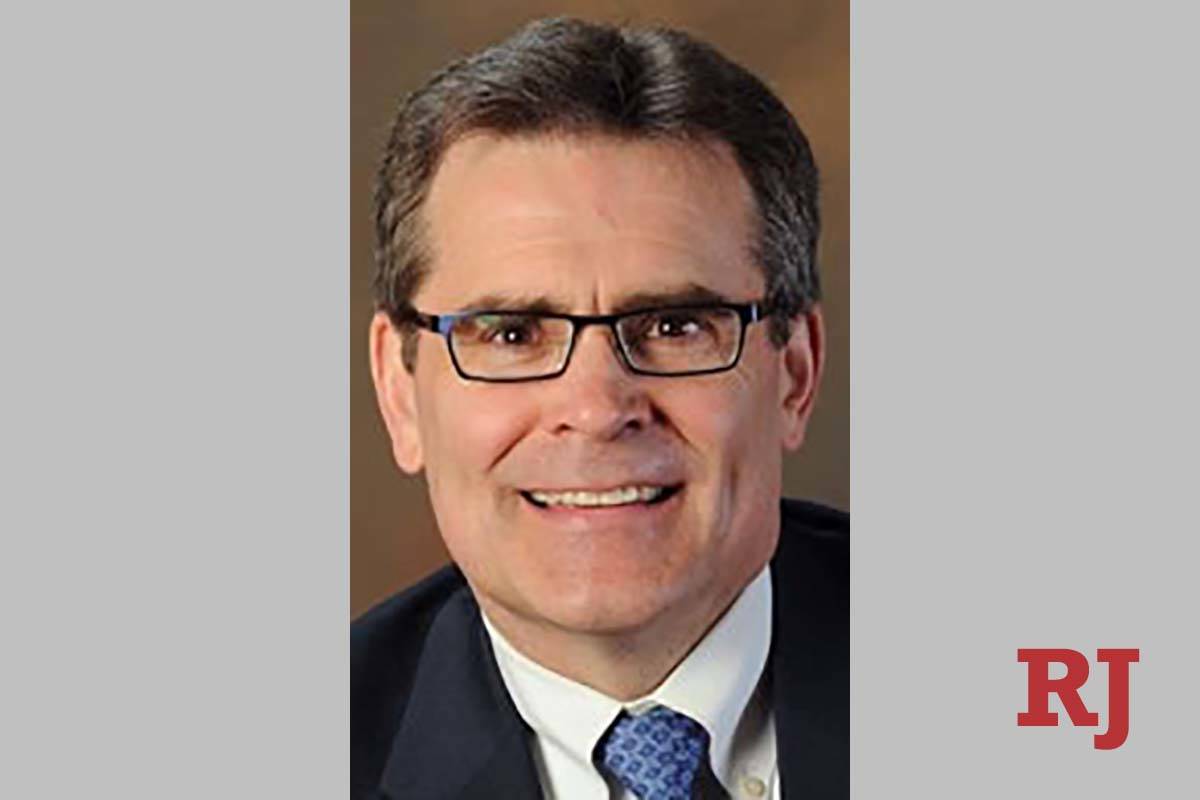Las Vegas Valley government workers in flux amid pandemic
Thousands of government workers in Southern Nevada find their jobs and routine suddenly in flux, a result of stringent health precautions and public facility closures in response to the coronavirus pandemic.
The crisis has meant that some employees must work from home. Some flip-flop between the workplace and telecommuting. And others have been reassigned.
But for many employees in Clark County and valley municipalities, the emergence of a viral outbreak has relegated their jobs to at least temporarily unnecessary.
Roughly one-third of the county’s 10,000 or so employees are not currently working, according to spokesman Erik Pappa. In Las Vegas, the same is true for 177 of the city’s roughly 2,700 workers, spokesman David Riggleman said.
Las Vegas City Manager Scott Adams noted that the city maintains a significant part-time workforce, which has been put on furlough because most of those employees work in facilities that have been shuttered: cultural and community centers, parks and recreation facilities and more.
Similar calculations to distinguish between essential and nonessential employees have been made in Henderson and North Las Vegas.
Salary for some, leave for others
County employees not working, some of whom may be reassigned, are continuing to be paid normal salary and benefits, although Pappa acknowledged that “obviously there’s an impact.”
“At some point, we’ll have a better sense of how all that will play out,” he said.
Las Vegas employees who are not working are eligible for emergency disease control leave, according to Riggleman, meaning they can have 80 hours of leave before needing to dig into their own vacation and sick time. Once their personal benefits have expired, the city can advance them up to 80 more hours, but that must be paid back as it is accrued.
There are about 3,050 full-time and part-time city employees in Henderson, which identified essential and nonessential workers early last week, city spokeswoman Kathleen Richards said.
About 1,850 people deemed essential are working either from their normal locations or remotely to make sure the city keeps functioning.
Employees not working were offered nine days of emergency leave. However, those employees may choose to be reassigned to a volunteer task such as distributing food or working with nonprofits instead of taking emergency leave.
Once the nine days of leave runs out, employees will need to dip into their banked time off, Richards said. It was unclear Friday how many employees took the emergency leave.
North Las Vegas made a similar offer to its nonessential employees, except it did not offer emergency leave. Employees who did not want to be reassigned were told they could use their banked leave time, according to city spokesman Patrick Walker.
Walker estimated that only a small percentage of those employees decided to take the time off.
Some library workers were assigned to Three Square food bank, and parking enforcement workers have been conducting compliance checks on nonessential businesses, according to Walker.
Essential jobs, workplace safety
Nearly 2,000 employees who perform essential jobs functions, such as firefighters and wastewater treatment plant operators, must continue to work on-site in Las Vegas, Riggleman said. And close to 500 workers are performing jobs from home, although most are rotating with a counterpart in the office.
“So even though these employees have the capability to work remotely, not all of them are out of the office at the same time,” Riggleman said in an email. “Our goal is to provide essential services, but limit exposure to the virus by reducing the number of people in the office.”
A total of 105 city employees have been reassigned because their work location closed or their function ceased, and they are assisting other city efforts, such as working in a newly formed call center to interact with businesses and residents.
In an effort to accommodate the swell of city employees who are telecommuting, the city has expanded IT functions to increase bandwidth, added laptops and more, according to Adams.
For employees who must come to work, the local governments say they are taking precautions. In Las Vegas, Adams said the city has ensured that work stations are separated, used large training rooms for conferences and screened residents for symptoms of the new coronavirus before they come into public facilities by appointment.
“Because if I don’t keep my employees safe, and I start having infections in the Fire Department or some of those critical functions, I don’t want to have to brown-out fire stations. I don’t want to have to do things that are really not a good place to go,” he said. “If we don’t take care of ourselves, we can’t take care of the critical essential functions for our citizens.”
Contact Shea Johnson at sjohnson@reviewjournal.com or 702-383-0272. Follow @Shea_LVRJ on Twitter. Contact Blake Apgar at bapgar@reviewjournal.com or 702-387-5298. Follow @blakeapgar on Twitter.
Nonessential employees
Clark County: Roughly one-third of about 10,000
Las Vegas: 177
Henderson: About 1,200
North Las Vegas: Data not available
Note: Some workers can be reassigned to other duties.











































